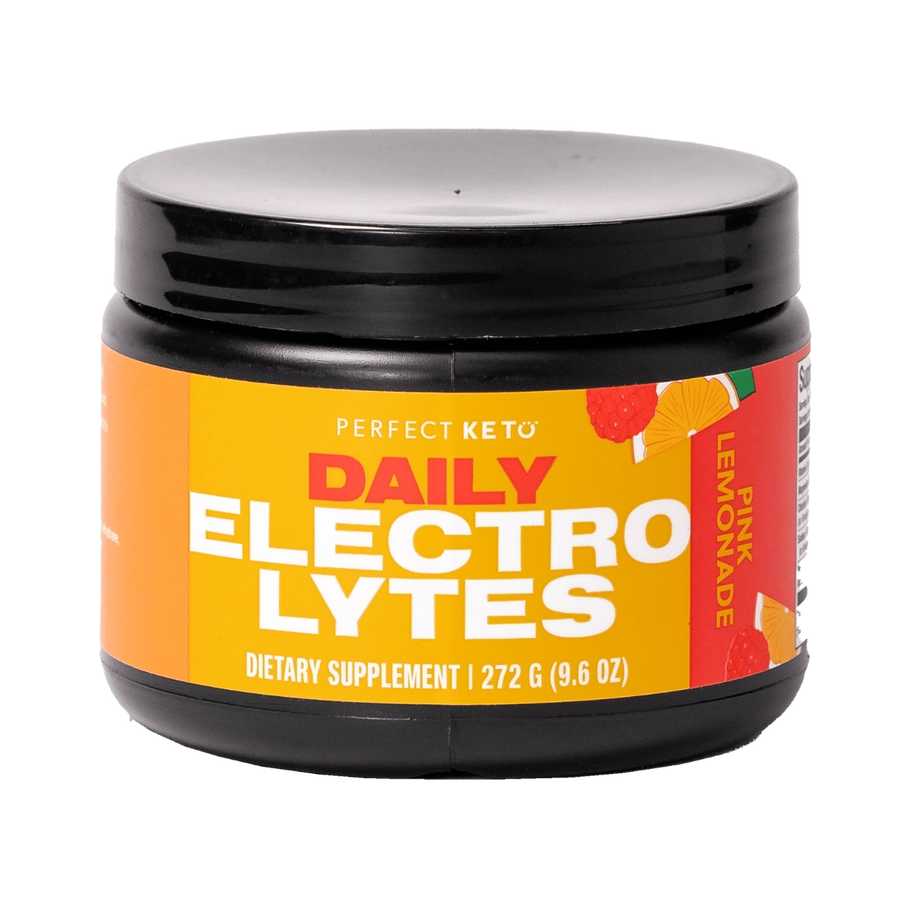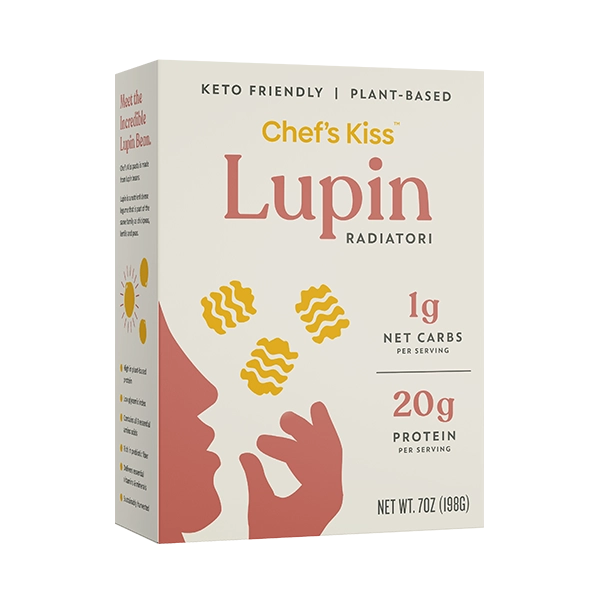
keto Diet Grocery List
The Ultimate Keto Shopping List: A Comprehensive Guide for Beginners
Are you new to the ketogenic diet and feeling overwhelmed by the idea of creating a shopping list? Don't worry, we've got you covered! In this comprehensive guide, we'll walk you through everything you need to know about making a keto shopping list. From the best meat and poultry options to low-carb vegetables, fats and oils, pantry ingredients, and what to avoid, we'll cover it all. So, let's dive in and get started on your keto journey!
Table of Contents
1. Understanding the Ketogenic Diet
2. Building a Keto Shopping List:
- Taking Stock of Your Kitchen
- Getting Recipe Inspiration
- Building Meals Around What You Have
- Adding Remaining Items to Your List
3. Meat, Poultry & Seafood
4. Low-Carb Vegetables
- Leafy Greens
- Non-Starchy Vegetables
- Low-Sugar Fruits
- Fresh Herbs
5. Eggs & Dairy
6. Fats & Oils
7. Pantry Ingredients
8. What To Avoid On Your List
9. Conclusion: Keto Grocery List For Beginners
Understanding the Ketogenic Diet
Before we delve into creating a keto shopping list, let's briefly touch upon the basics of the ketogenic diet. The ketogenic diet is a low-carb, high-fat diet that has been shown to help individuals achieve weight loss, improve metabolic health, and enhance mental clarity. By drastically reducing carbohydrate intake and replacing it with fats, your body enters a state of ketosis, where it burns fat for fuel instead of glucose.
Building a Keto Shopping List
Taking Stock of Your Kitchen
Before heading to the store, it's essential to take stock of your kitchen and see what keto-friendly foods you already have on hand. This will not only save you money by utilizing ingredients you already have but also give you a starting point for planning meals.
Getting Recipe Inspiration
If you're unsure of what to make with the ingredients you already have, recipe inspiration is just a click away! Browse through keto recipe websites, cookbooks, or even social media platforms to find delicious and creative meal ideas that fit your dietary needs. This will not only give you a variety of meal options but also help you utilize the ingredients you already have.
Building Meals Around What You Have
Once you have an idea of the recipes you want to make, it's time to build your meals around the ingredients you already have. This will help you create a cohesive shopping list and prevent food waste. Look for recipes that incorporate the proteins, vegetables, and fats you already have on hand to make the most of what you already have.
Adding Remaining Items to Your List
After utilizing what you already have, make a list of the remaining items you need to complete your meals. This will include fresh produce, meats, dairy products, pantry staples, and any other keto-friendly ingredients specific to your chosen recipes. By organizing your list in this way, you can ensure that you have all the necessary ingredients for your planned meals.
Meat, Poultry & Seafood
Meat, poultry, and seafood are excellent sources of protein and healthy fats, making them staples of the ketogenic diet. When selecting meats, opt for fattier cuts as they align better with the macronutrient ratios of the keto diet. Here are some keto-friendly options:
- Chicken: Chicken breasts, thighs, and drumsticks are versatile options that can be prepared in various ways.
- Beef: Choose fattier cuts of beef like ribeye, brisket, or ground beef with a higher fat ratio.
- Pork: Bacon, pork chops, roasts, and tenderloins are all great choices for the keto diet.
- Fish: Fatty fish like salmon, sardines, tuna, and cod are rich in omega-3 fatty acids and perfect for keto.
- Seafood: Scallops, lobster, crab, shrimp, and other seafood options are low in carbs and high in essential nutrients.
- Other Meats: Lamb, bison, organ meats, and game meats are also keto-friendly options to consider.
Low-Carb Vegetables
Including low-carb vegetables in your keto diet is essential for obtaining essential nutrients, fiber, and keeping your meals balanced. While most vegetables are allowed on the keto diet, it's important to focus on those that are low in net carbs. Here are some keto-friendly vegetables to include in your shopping list:
Leafy Greens
Leafy greens are packed with vitamins, minerals, and fiber, making them a great addition to your keto shopping list. Here are some options to consider:
- Lettuce
- Kale
- Spinach
- Bok choy
- Cabbage
Non-Starchy Vegetables
Non-starchy vegetables are generally low in carbs and can be enjoyed in abundance on the ketogenic diet. Here are some keto-friendly options to add to your shopping list:
- Asparagus
- Bell Peppers
- Broccoli
- Brussels Sprouts
- Cauliflower
- Cucumbers
- Eggplant
- Garlic
- Green Beans
- Mushrooms
- Onions
- Radishes
- Spaghetti Squash
- Zucchini
Low-Sugar Fruits
While fruits are generally higher in carbs, there are some low-sugar options that can be included in moderation on the keto diet. Here are a few fruits to consider adding to your shopping list:
- Avocado
- Blackberries
- Blueberries
- Lemons
- Limes
- Olives
- Raspberries
- Strawberries
- Tomatoes
Fresh Herbs
Fresh herbs not only add flavor to your dishes but also provide additional nutrients. Consider adding these fresh herbs to your shopping list:
- Basil
- Chives
- Dill
- Mint
- Oregano
- Parsley
- Rosemary
- Sage
- Thyme
Eggs & Dairy
Eggs and dairy products are excellent sources of protein and healthy fats, making them essential components of a keto shopping list. Here are some keto-friendly options to consider:
- Eggs: Whether you prefer scrambled, boiled, or poached, eggs are versatile and can be enjoyed in various ways.
- Cheese: Most cheeses are low in carbs, but prioritize hard, whole milk cheeses and cream cheese for their higher fat content.
- Heavy Cream: Heavy cream is a great addition to your keto shopping list as it can be used in coffee, tea, or to create creamy sauces and dressings.
- Almond Milk: If you prefer a milk substitute, opt for unsweetened almond milk, which is low in carbs and perfect for keto recipes.
- Coconut Milk: Coconut milk, whether canned or in a carton, is another excellent option for keto-friendly milk alternatives.
- Sour Cream: Sour cream adds richness and flavor to dishes and can be enjoyed as a topping or as an ingredient in various recipes.
- Full-Fat Yogurt: Look for full-fat, unsweetened yogurt or plain Greek yogurt to add to your shopping list. You can also make your own keto-friendly yogurt.
Fats & Oils
Fats and oils play a crucial role in the ketogenic diet, as they provide energy and help keep you feeling satiated. When selecting fats and oils, opt for high-quality, unprocessed options. Here are some keto-friendly fats and oils to include in your shopping list:
- Butter or Ghee: Choose grass-fed butter or ghee to add rich flavor to your dishes.
- Coconut Oil: Coconut oil is an excellent source of medium-chain triglycerides (MCTs) and can be used for cooking, baking, or added to smoothies.
- Olive Oil: Olive oil is a heart-healthy option that can be used in salad dressings or for sautéing vegetables.
- Avocado Oil: Avocado oil has a high smoke point, making it ideal for cooking at higher temperatures.
- Other Oils: Sesame oil and almond oil can add unique flavors to your dishes.
- Other Fats: Consider adding avocados, nuts, and seeds to your shopping list as they are also excellent sources of healthy fats.
Pantry Ingredients
Pantry ingredients are essential for creating flavorful keto meals and snacks. Here are some keto-friendly pantry staples to add to your shopping list:
- Almond Flour: Almond flour is a popular low-carb flour alternative that can be used in baking and cooking.
- Coconut Flour: Coconut flour is another keto-friendly flour option that adds a light coconut flavor to baked goods.
- Spices and Seasonings: Stock up on spices and seasonings like garlic powder, salt, pepper, ground ginger, cinnamon, and any other flavors you enjoy.
- Chicken Broth: Chicken broth is a versatile ingredient that can be used in soups, stews, or to add flavor to various dishes.
- Soy Sauce: Opt for low-sodium soy sauce or tamari for a keto-friendly option to add umami flavor to your meals.
- Vanilla Extract: Vanilla extract can add a touch of sweetness to keto desserts and baked goods.
- Cocoa Powder: Unsweetened cocoa powder is great for creating delicious chocolatey treats without the added sugar.
- Sweeteners: Look for keto-friendly sweeteners like monk fruit extract or stevia to satisfy your sweet tooth without the carbs.
- Nut Butter: Almond butter is a great keto-friendly option to keep on hand for quick snacks or to use in recipes.
What To Avoid On Your List
While it's important to focus on what to include on your keto shopping list, it's equally important to be aware of what to avoid. Here are some items to steer clear of:
- Grains: Avoid all grains, including wheat, rice, corn, oats, and barley, as they are high in carbs.
- Sugars: Steer clear of sugary foods and beverages, including candies, cookies, sodas, and fruit juices.
- Starchy Vegetables: Limit your intake of starchy vegetables like potatoes, sweet potatoes, and carrots as they are higher in carbs.
- Processed Foods: Stay away from processed foods that often contain hidden sugars, unhealthy fats, and high carb contents.
- High-Carb Fruits: While some fruits can be enjoyed in moderation, avoid high-sugar fruits like bananas, grapes, and tropical fruits.
- Legumes: Legumes such as beans, lentils, and chickpeas are high in carbs and should be avoided on a keto diet.
- Vegetable Oils: Avoid processed vegetable oils like corn, soybean, and canola oil, as they are high in omega-6 fatty acids.
- Alcohol: Alcoholic beverages are typically high in carbs and can hinder ketosis, so it's best to avoid them or consume them in moderation.
Conclusion: Keto Grocery List For Beginners
Creating a keto shopping list doesn't have to be overwhelming. With this comprehensive guide, you now have all the information you need to start building your keto-friendly pantry. Remember to prioritize high-quality meats, low-carb vegetables, healthy fats, and pantry staples. By making smart choices at the grocery store, you'll set yourself up for success on your keto journey. So, grab your list and start filling your cart with delicious and nutritious keto-friendly foods!
Remember, adapting to a new diet can take time, so be patient with yourself and enjoy the process of discovering new flavors and recipes. With the right ingredients and a little creativity, you'll be well on your way to achieving your health and wellness goals with the ketogenic diet. Happy shopping and happy keto cooking!

















